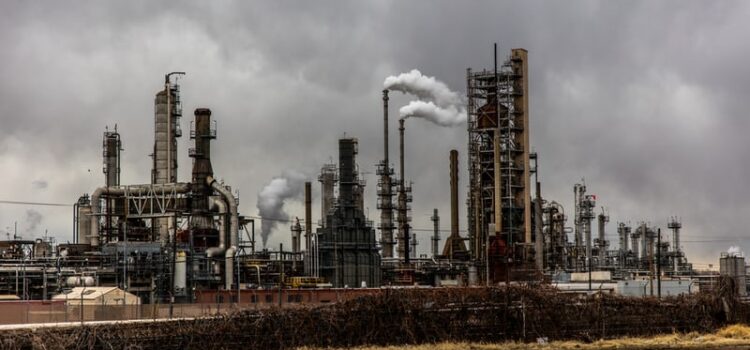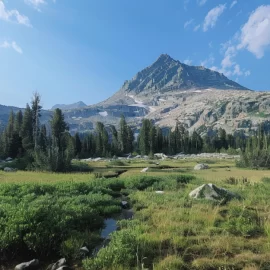

This article is an excerpt from the Shortform book guide to "A Promised Land" by Barack Obama. Shortform has the world's best summaries and analyses of books you should be reading.
Like this article? Sign up for a free trial here .
What’s a cap and trade system? How was a cap and trade system implemented during the Obama administration?
The cap and trade system was implemented by the Obama administration in an effort to cut back on carbon emissions. If companies went over a certain amount of emissions (caps), they were taxed. If they were under, they earned credits.
Read more about the cap and trade system for environmental protections.
Pushing for a Climate Change Bill
Despite the significance of the new EPA rules, Obama knew that they couldn’t be the sum total of the administration’s actions on climate change. For one thing, the next Republican president would be able to reverse the rules on day one, with the simple stroke of a pen.
This was why the administration began to push hard for a comprehensive climate-change bill in Congress in its early months. Legislation passed by Congress would be more difficult to reverse, would reach all sectors of the economy and society, and give the U.S. much-needed leverage in international climate agreements by setting a moral example on the issue.
As ever, the politics were difficult. Any climate bill would need to get through the Senate, where it would face lockstep GOP opposition, as well as the opposition of Democrats representing oil-producing states.
Cap and Trade System
Because of these political limitations, the bill’s sponsors in the House decided on a more market-friendly approach by writing a cap-and-trade bill. A cap and trade system is an alternative to a more harsh and economically disruptive carbon tax. Under a cap and trade system, the government sets a cap on permissible emissions. If a company emits more than the amount allowed under the cap, they pay a tax. If a company emits less than this amount, however, they earn unused emission credits that they can then sell or trade to other companies. Over time, the amount of the cap is lowered, giving companies time to invest in clean energy research. The credits, meanwhile, provide an incentive for them to cut their emissions.
A cap and trade system had already been successfully implemented in the early 1990s by Republican President George H.W. Bush to combat acid rain, so advocates believed that such a bill had a chance of securing some bipartisan support. The Obama team was thrilled when the House passed the bill in June 2009, even garnering some Republican votes along the way.
But they knew the real obstacle lay in the Senate. Thanks to the filibuster and the likely opposition of Democrats from coal and gas states like West Virginia and Louisiana, they would need to win the support of some Republican senators. With some trepidation, Obama agreed to partner with Republican Lindsey Graham of South Carolina. Although Graham was known to occasionally critique his party, Obama viewed him as a largely unscrupulous and untrustworthy figure.
The few criticisms that Graham sometimes lobbed at fellow Republicans seemed more calculated to garner media attention for himself than to spark real change within the party. Moreover, when it actually came time to vote on legislation, Graham usually proved himself to be a consistent partisan. In short, he was not someone whom Obama trusted with such a landmark piece of legislation. But given the limitations of the U.S. Senate, Graham was the best he could hope for. As we’ll see later in the summary, Obama’s suspicions about Graham proved to be well-founded.

———End of Preview———
Like what you just read? Read the rest of the world's best book summary and analysis of Barack Obama's "A Promised Land" at Shortform .
Here's what you'll find in our full A Promised Land summary :
- How Barack Obama went from relative obscurity to the first Black president
- What principles guided his political leadership style
- Why Obama retained an unshakable faith in the potential and promise of America






